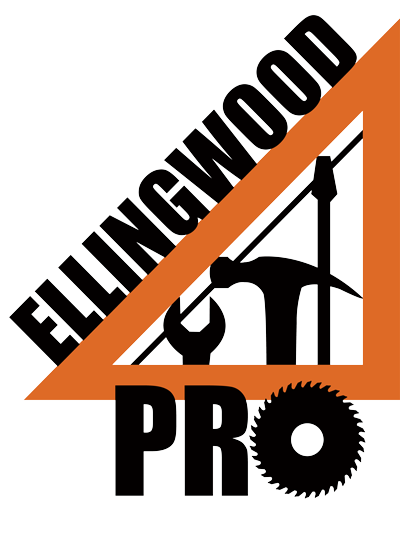Are you becoming a home seller? Are you unsure how to prepare your home for a home inspection?
When contemplating selling your home, one crucial aspect often overlooked is the preparation required for a home inspection. While the focus tends to be on the buyer’s perspective, ensuring your home is inspection-ready as a home seller is equally important. In this guide, we’ll delve into the meticulous steps you can take to prepare your home thoroughly, ensuring a seamless inspection process.
Top 12 Ways to Prepare Your Home for an Inspection
The exterior presentation of your home matters significantly, especially during an inspection. Overgrown vegetation can not only detract from your home’s curb appeal but also pose potential issues. Plants that are touching the house can create moisture problems, attract pests, and even damage the exterior surfaces over time. Therefore, it’s imperative to inspect the perimeter of your home and trim back any plants that are encroaching on the structure.
2. Replace AC Filter:
Maintaining your HVAC system is key to ensuring optimal performance and prolonging its lifespan. One simple yet often overlooked task is replacing the air filter regularly. A dirty or clogged filter can restrict airflow, leading to reduced efficiency and potentially causing damage to the system. Additionally, during a home inspection, a dirty filter may raise concerns about the overall maintenance of the property. By proactively replacing the filter before the inspection, you not only demonstrate care for your home but also mitigate any potential issues that may arise.
3. Check Light Bulbs:
Adequate lighting is essential for a thorough inspection of your home. Dark or poorly lit areas can make it challenging for inspectors to assess various components accurately. Therefore, prepare your home by taking the time to inspect all light fixtures throughout your home and ensure that bulbs are functioning correctly. Replace any burnt-out bulbs and consider upgrading to energy-efficient options to enhance illumination while reducing energy consumption.
4. Turn on Utilities:

One of the most fundamental aspects of preparing for a home inspection is ensuring that all utilities are turned on. Without access to water, electricity, and gas, the inspector may be unable to assess essential systems and appliances properly. Before the inspection, prepare the home by verifying that all utilities are activated and functioning correctly to facilitate a comprehensive evaluation of your home.
5. Test Windows:
Windows play a crucial role in providing natural light, ventilation, and views of the surroundings. During a home inspection, inspectors will assess the condition and operability of windows to ensure they are functioning as intended. Therefore, it’s essential to inspect all windows in your home and address any issues such as sticking, jamming, or damaged frames. Properly functioning windows not only enhance the aesthetic appeal of your home but also contribute to its overall functionality and energy efficiency.
6. Inspect Handrails:
Handrails are an essential safety feature in any home, especially in areas such as staircases and balconies. During a home inspection, inspectors will assess the integrity and stability of handrails to ensure they meet safety standards. Therefore, it’s crucial to inspect all handrails throughout your home and address any deficiencies promptly. Replace any missing or damaged handrails and ensure they are securely attached to the structure to provide adequate support and protection for occupants.
7. Repair Caulk and Grout:

Caulk and grout play a vital role in protecting areas prone to moisture exposure, such as bathrooms, kitchens, and showers. Over time, caulk may deteriorate, leading to gaps and potential water damage. Similarly, missing or damaged grout can compromise the integrity of tiled surfaces, allowing water infiltration and mold growth. Therefore, prepare your home and thoroughly inspect all caulking and grouting in your home and replace any that is worn, cracked, or missing. By addressing these issues proactively, you can prevent moisture-related problems and ensure the longevity of your home’s surfaces.
8. Declutter:
Clutter not only detracts from the visual appeal of your home but can also impede the inspection process. Inspectors need unobstructed access to various areas of your home to assess them thoroughly. Therefore, take the time to declutter your home before the inspection, ensuring that all rooms and spaces are tidy and organized. Remove excess furniture, personal belongings, and any items that may obstruct the inspector’s view or access. By decluttering your home, you not only create a more inviting atmosphere for potential buyers but also facilitate a smooth and efficient inspection process.
9. Check Toilets:
Toilets are one of the most frequently used fixtures in any home, and ensuring they are in proper working order is essential. A running toilet not only wastes water but can also indicate underlying issues such as a faulty flapper or fill valve. Before the inspection, thoroughly test all toilets in your home for leaks, running water, and proper flushing. Address any issues promptly, such as replacing worn-out components or adjusting the water level in the tank. By ensuring that your toilets are functioning correctly, you can avoid potential concerns during the inspection and present your home in the best possible condition to prospective buyers.
10. Unclog Drains:
Clogged drains can be a nuisance and indicate underlying plumbing issues that need attention. Before the inspection, inspect all drains in your home, including sinks, showers, and bathtubs, for any signs of blockages or slow drainage. Use a drain snake or environmentally friendly drain cleaner to clear any clogs and ensure proper drainage. Additionally, consider scheduling a professional plumbing inspection to address any underlying issues that may impact the inspection process. By addressing drain issues proactively, you can prevent potential disruptions during the inspection and demonstrate the proper maintenance of your home’s plumbing system.
11. Inspect Doors:
Doors are not only functional elements of your home but also contribute to its aesthetic appeal and security. Over time, doors may experience wear and tear, resulting in issues such as sticking, squeaking, or misalignment. Before the inspection, thoroughly inspect all doors in your home, including entry doors, interior doors, and garage doors, for any signs of damage or malfunction. Lubricate hinges, tighten screws, and adjust strike plates as needed to ensure smooth operation. Additionally, check the weatherstripping and seals around doors to prevent drafts and improve energy efficiency. By ensuring that your doors are in proper working order, you can enhance the overall functionality and safety of your home while leaving a positive impression on potential buyers.
12. Evaluate Electrical Panel:
The electrical panel is the heart of your home’s electrical system, responsible for distributing power to various circuits and appliances. During a home inspection, inspectors will assess the condition and functionality of the electrical panel to ensure it meets safety standards and code requirements. Therefore, it’s essential to prepare your home by inspecting the electrical panel before the inspection and address any issues such as overloaded circuits, damaged breakers, or improper labeling. Consider hiring a licensed electrician to perform a thorough inspection and make any necessary repairs or upgrades. By ensuring that your electrical panel is in proper working order, you can minimize the risk of electrical hazards and ensure the safety and functionality of your home’s electrical system.
Conclusion:
To prepare your home for a successful inspection requires meticulous attention to detail and proactive maintenance. By following these twelve steps, you can ensure that your home is inspection-ready and present it in the best possible condition to potential buyers. Remember, a well-prepared home not only instills confidence in buyers but also streamlines the inspection process, leading to a smoother and more efficient transaction.
Additionally, to further assist home sellers in their preparation, we’ve created a home seller checklist that can be found on our resource page. At Ellingwood Pro, we understand the importance of being inspection-ready, which is why we also offer Pre-List Home Inspections. Prepare your home sale for success with a Pre-List Inspection! These inspections provide numerous benefits to sellers, including attracting serious buyers, preventing surprises, and expediting transactions.
Do you have questions about home inspections or need assistance with preparing your home for sale? Give us a call at 276-566-5669 or schedule directly online. For a free estimate, check out our website and use our convenient estimate tool.
Prepare your home for a successful inspection with Ellingwood Pro. Sell with confidence!



